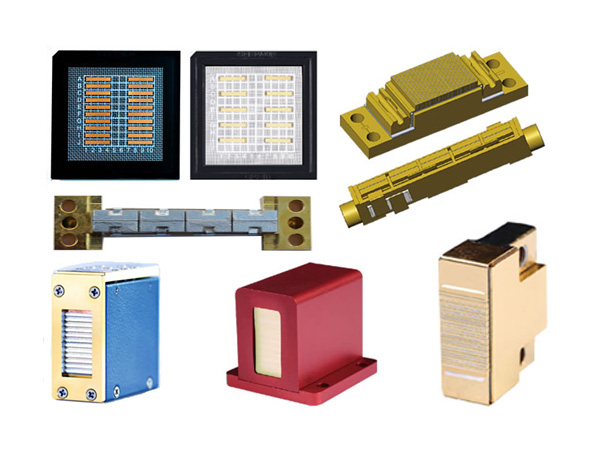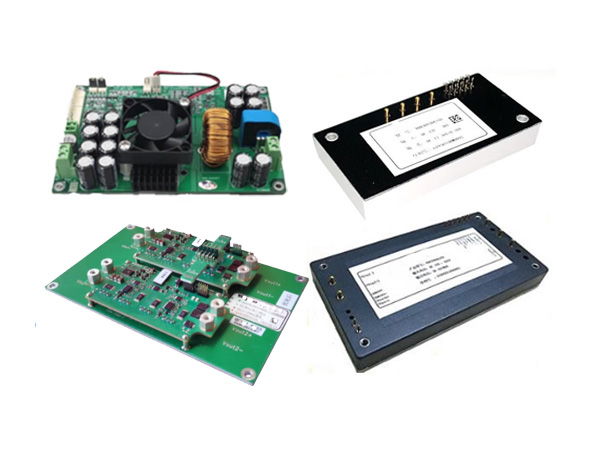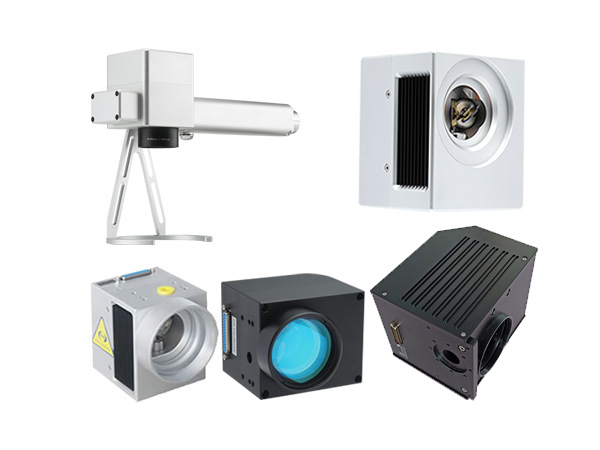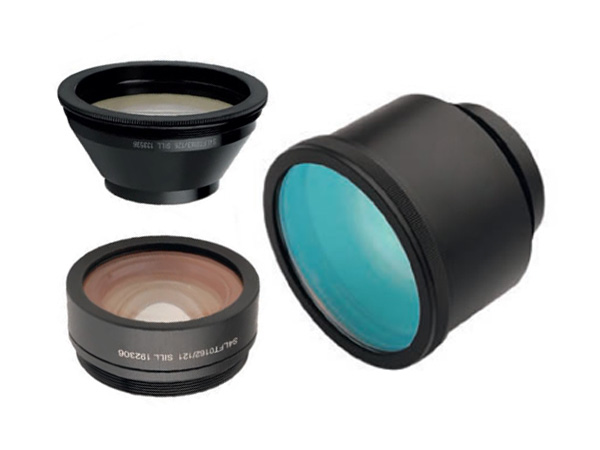An article that takes you through lasers - the principles and applications of lasers
Laser is the twentieth century after nuclear energy, semiconductors, computers and another major invention, and with its good monochromaticity, directionality, brightness and other qualities are widely used in industrial manufacturing, biomedical and other fields, known as the "fastest knife", "the most accurate ruler", "The brightest light". Since the invention of laser technology, the global laser industry has been developing rapidly, and laser technology has become one of the important supporting technologies in many fields.
So, what is laser? Next, the new special photoelectric will be a detailed introduction for you.
Generation of laser
Laser, also known as "radium", its full name is "stimulated radiation light amplification". 1917 Einstein put forward the theory of "stimulated emission", a photon makes the stimulated atom emit an identical photon basis. 1960, the United States, California, Hughes Aeronautical Laboratory researcher Mayman invented the world's first ruby laser. 1961 China's first laser was born in Changchun under the leadership of Wang Daheng. In 1960, Meiman, a researcher at Hughes Aeronautical Laboratory in California, invented the world's first ruby laser. 1961, China's first laser was born at the Changchun Institute of Optical Mechanics under the leadership of Wang Dahang, and the first YAG (solid-state) laser was invented at Bell Laboratories in 1965.
Particles in the atoms of certain substances are excited by light or electricity, and the atoms in the low energy level jump to high energy level atoms. When the number of atoms in the high energy level is greater than the number of atoms in the low energy level, and when the high energy level leaps back to the low energy level, it radiates the light with exactly the same phase, frequency, direction, etc., which is called laser light. When the pump light irradiation, the ground state ions absorb a specific wavelength of light jumped to the E3 energy level, followed by a rapid leap to the E2 energy level through the radiation-free leap, in this energy level can be gathered more ions. When the external pump is strong enough, a particle number inversion is formed between the E2 and E1 energy levels, i.e., the number of ions on the E2 energy level is more than that on the E1 energy level. After the realisation of the particle number inversion, each external photon with energy hν will excite an atom on the E2 energy level to make it jump to the ground state, while releasing a photon with energy hν, and the total energy of the photon is constantly multiplied, thus realising the process of amplification of the excited radiation (gain).
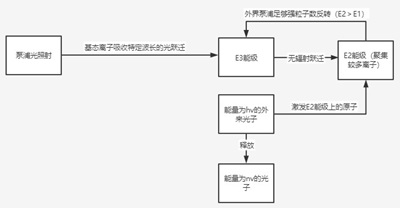
What is a laser
A laser is a laser generating device, mainly composed of a pump source, a gain medium and a resonant cavity. The pump source is the excitation source of the laser, the resonant cavity is the circuit between the pump source and the gain medium, and the gain medium refers to the working substance that can amplify the light. In the working state gain medium by absorbing the energy provided by the pump source, the resonant cavity oscillation mode selection output laser.
Laser is the core component of laser processing equipment, and has a significant position in the cost composition of laser processing equipment. Lasers can be divided into many types according to the working substance, output band and output type.
Lasers can be divided into solid-state lasers (ruby Al2O3, yttrium aluminium garnet lasers), liquid lasers (dye lasers), gas lasers (helium-neon lasers, argon ion lasers, etc.), semiconductor lasers, fibre-optic lasers, and free-electron lasers according to the working material. According to the output band can be divided into far-infrared lasers, mid-infrared lasers, near-infrared lasers, visible lasers, near-ultraviolet lasers, vacuum ultraviolet lasers. According to the output type can be divided into: continuous wave lasers, quasi-continuous lasers, short pulse lasers, ultrashort pulse lasers.
Development and application of laser technology
Laser technology, as one of the advanced technologies of modern manufacturing industry, has the advantages of high precision, high efficiency, low energy consumption, low cost and so on, which are not possessed by the traditional processing methods. There is a large space for choice in the materials, shapes, sizes and processing environments of the processed materials, and it can better solve the technical problems in processing and refining triggered by the differences in the materials. With the continuous development of laser technology and laser microprocessing application technology, laser processing technology can replace traditional mechanical processing in more fields, laser fine microprocessing has gradually become the core processing technology in the field of high-end manufacturing by virtue of its advantages of higher precision, greater flexibility, smaller thermal effects and wider applicability.
In laser applications, laser technology can be widely used in cutting, welding, drilling, marking, engraving, measurement, diagnosis and other fields, China's industrial upgrading is on the line, in micro-welding, precision measurement, biomedical diagnostics, chip manufacturing in a number of fields of laser technology demand is rising, laser technology into the high-speed development of the new process.
From the point of view of the development of the laser industry, laser technology has been widely used in consumer electronics, 3D printing, semiconductor, new energy, display, biomedical, laser detection and other fields, many domestic enterprises already have the strength to compete with foreign enterprises, the influence of the international laser industry in the field of stronger and stronger.
In short, the laser has played a vital and irreplaceable role in certain fields, more and more industry sectors began to pay attention to the application of laser technology, which makes the domestic laser industry companies continue to strengthen the investment in the field of laser technology research and development, the competition in the field of laser industry is also more and more intense. For the development of China's laser industry, this is undoubtedly a positive signal, in this context, we can more quickly narrow the gap with international counterparts, to fill their own technical vacancies, for the development of China's science and technology to provide important technical support.
 English
English Français
Français Deutsch
Deutsch euskara
euskara Русский язык
Русский язык Italiano
Italiano Português
Português Nederlands
Nederlands Polski
Polski Greek
Greek Lietuva
Lietuva Türkçe
Türkçe 日本語
日本語 한어
한어 中文
中文 தாமில்
தாமில் فارسی
فارسی हिंदी
हिंदी Tiếng Việt
Tiếng Việt ภาษาไทย
ภาษาไทย Pilipino
Pilipino Indonesia
Indonesia தாமில்
தாமில்

